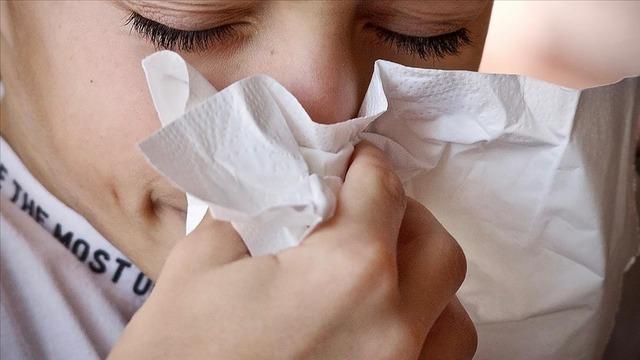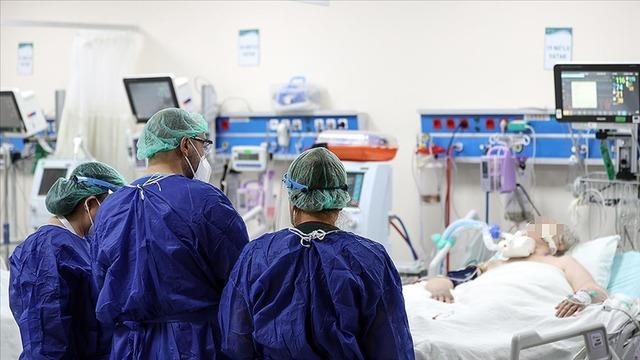The increase in intensive care occupancy rates in Istanbul has raised questions. Istanbul Provincial Health Director Prof. Dr. Kemal Memişoğlu underlined that this is an expected situation and said, “The clinical processes may be slightly different. The symptoms of the disease may last a little longer.” Memişoğlu also made a suggestion, especially for citizens who are elderly or have co-morbidities.
“MORE THAN USER PATIENTS”
Prof. said that intensive care occupancy rates in Istanbul are around 70 to 80 percent. Dr. Memişoğlu noted that the number of patients with circulatory system disorders such as vascular occlusion, heart disease or stroke is higher than patients with upper respiratory tract infections.
“THE SEASONAL INTENSITY WE EXPERIENCE EVERY YEAR”
Pointing out that in fact, every year, November, December, January and February are the upper respiratory tract infection season. Dr. Memişoğlu said, “This is a period in which we routinely experience seasonal increases in infections due to the flu virus, which we call influenza, due to being in closed environments more. In fact, this has been the case for centuries. When we compare our intensive care units to the number of beds and population, we have a capacity far above Europe and the OECD. Patients hospitalized here do not only suffer from upper respiratory tract infections; We care for stroke patients, post-operative patients, debilitated patients, severely diabetic patients or any patient in a coma. Of course, there are other diseases. That’s why our intensive care beds are on average 70 to 80 percent occupied during these seasons. “These rates are lower in the summer months,” he said.

“CIRCULATORY DISEASES ARE MORE DANGEROUS THAN FLU”
Stating that circulatory diseases cause more deaths than upper respiratory tract infections or infectious diseases, Prof. Dr. Memişoğlu said: “Some call it vascular disease, some call it circulatory disease; When we look at stroke and heart attack today, the death rates in these diseases are much higher than the death rates due to upper respiratory tract infections due to viral infections. Currently, we see that more such patients are being followed up in our intensive care units than respiratory diseases, and their number is higher. Of course, people should protect themselves from infectious diseases. “But the biggest problem in developed or developing countries is diseases such as circulatory diseases, stroke, heart attack and diabetes, and these become much more risky in young workforce people.”
“GO TO YOUR FAMILY PHYSICIAN, NOT THE EMERGENCY”
“Our people need to take precautions to avoid getting sick,” said Prof. Dr. Memişoğlu concluded his words by making the following warnings:
“We recommend that he use a mask when he feels bad. They should be more careful when they enter closed environments, if they are resentful or if they are elderly, have chronic diseases or additional diseases; We especially ask him not to enter closed, crowded environments and to use a mask if he has to enter. We can be effective when we provide treatment at an early stage in patients who are malaise, have a mild fever, or have symptoms of respiratory tract infection. For this reason, these citizens should go to the family physicians closest to them in such cases. It is much more important, especially for the elderly or those with co-morbidities, to see their family physician. Because they can receive treatment much more easily in the early stages and have a milder illness. It is much more effective for them to go to their own family doctor rather than going to crowded emergency rooms. In addition, in emergencies, heart attack, traffic accident or trauma patients must always be given priority. After that, flu etc. patients are taken care of. You will have to wait for a while in that crowded environment. Since our seasonal density is in the months of November, December, January and February, we think that it will slowly tend to decrease in the coming weeks. “It will continue until March and after this season, the focus will be on allergic diseases.”
(DHA)

